The supermassive black hole has a mass billions of times that of the sun and is around 55 million light-years from Earth. Scientists used data gathered from more than a dozen telescopes worldwide to compile the picture.
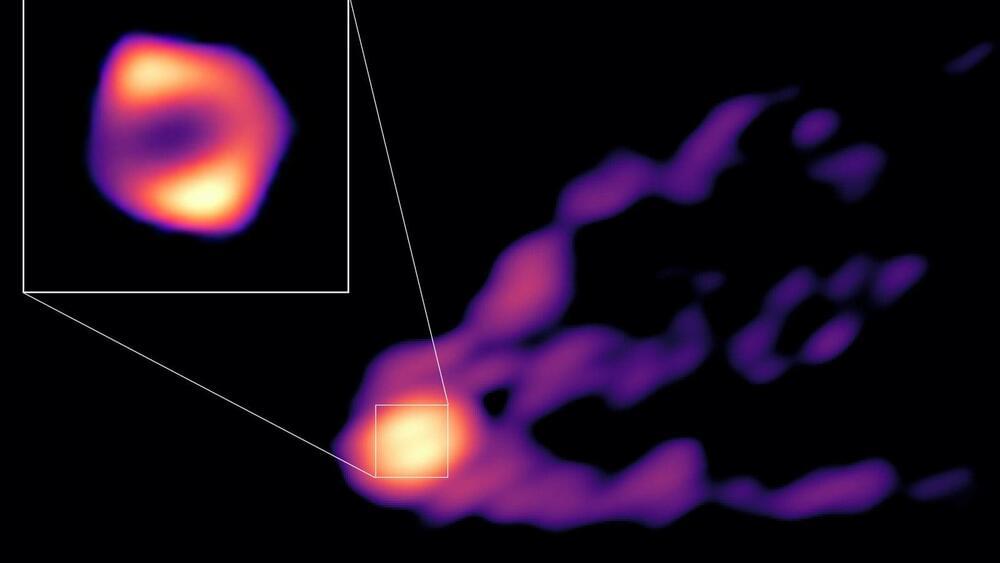

A video about the Webb telescope making it seem like there was no big bang. This is by Mikio Kaku.
We’ve always wondered about life out there. But what if we told you that the possibility of more lifeforms has become surer than ever? Six shocking galaxies have been discovered that defy all explanations. Join us as we discuss Michio Kaku breaking his silence on the James Webb telescope’s clearest image in history.
The possible levels of information mastery in the future of technology.
This series focus will be on the Information Mastery version of the Kardashev scale. In his book, The Cosmic Connection, Carl Segan proposed an alternative approach to the Kardashev Scale. He added another dimension to the original scale in addition to the pure energy usage that was first used to characterize different civilizations. Sagan believed that the amount of information available to a civilization should be an important criterion when trying to come up with a useful metric to measure different types of civilizations. So he assigned a lettered scale from A-Z where each letter meant an order of magnitude increase in the volume of information a civilization can hold. This information, he proposed, could be described in terms of bits, the number of yes or no statements concerning different civilizations, and the universe that such civilizations occupy.
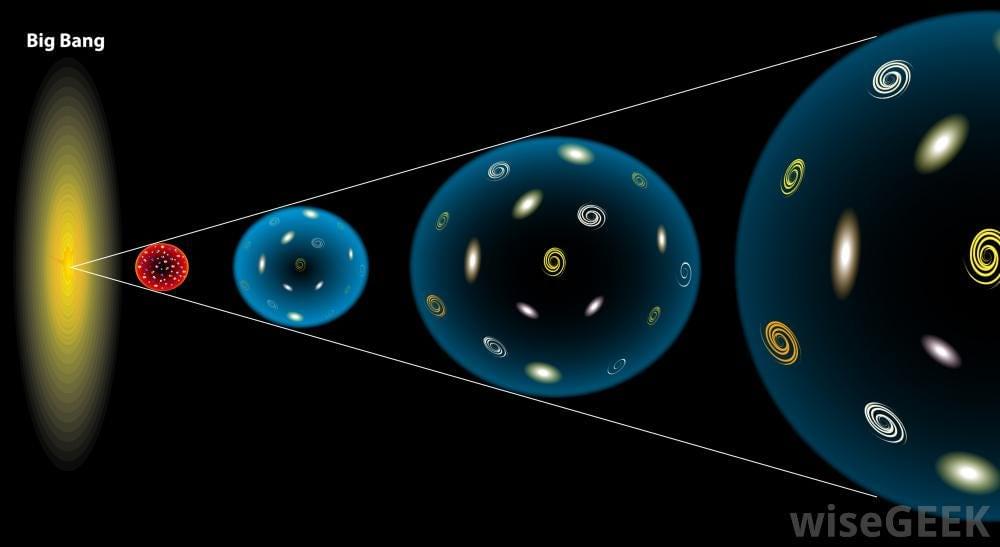
The Big Bang Theory is widely accepted as the explanation for the origin of the universe, but it doesn’t tell us what came before it. The idea of a universe before the Big Bang may seem impossible, but recent scientific discoveries suggest otherwise. In this article, we’ll explore the strongest evidence for a universe before the Big Bang.
The Big Bang Theory is the most widely accepted explanation for the origin of the universe. According to this theory, the universe began as a singularity, a point of infinite density and temperature. But what caused the Big Bang? And what came before it? These questions have puzzled scientists and philosophers for centuries.
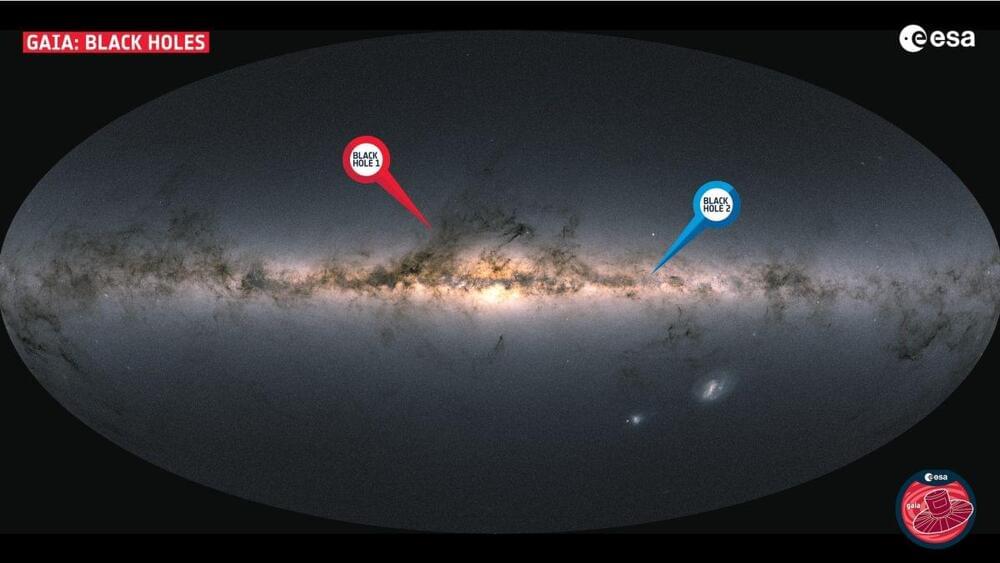
Get early access to our latest psychology lectures: http://bit.ly/new-talks5
If I have a visual experience that I describe as a red tomato a meter away, then I am inclined to believe that there is, in fact, a red tomato a meter away, even if I close my eyes. I believe that my perceptions are, in the normal case, veridical—that they accurately depict aspects of the real world. But is my belief supported by our best science? In particular: Does evolution by natural selection favor veridical perceptions? Many scientists and philosophers claim that it does. But this claim, though plausible, has not been properly tested. In this talk, I present a new theorem: Veridical perceptions are never more fit than non-veridical perceptions which are simply tuned to the relevant fitness functions. This entails that perception is not a window on reality; it is more like a desktop interface on your laptop. I discuss this interface theory of perception and its implications for one of the most puzzling unsolved problems in science: the relationship between brain activity and conscious experiences.
Prof. Donald Hoffman, PhD received his PhD from MIT, and joined the faculty of the University of California, Irvine in 1983, where he is a Professor Emeritus of Cognitive Sciences. He is an author of over 100 scientific papers and three books, including Visual Intelligence, and The Case Against Reality. He received a Distinguished Scientific Award from the American Psychological Association for early career research, the Rustum Roy Award of the Chopra Foundation, and the Troland Research Award of the US National Academy of Sciences. His writing has appeared in Edge, New Scientist, LA Review of Books, and Scientific American and his work has been featured in Wired, Quanta, The Atlantic, and Through the Wormhole with Morgan Freeman. You can watch his TED Talk titled “Do we see reality as it is?” and you can follow him on Twitter @donalddhoffman.
Links:
- Get our latest psychology lectures emailed to your inbox: http://bit.ly/new-talks5
- Check out our next event: http://theweekenduniversity.com/events/
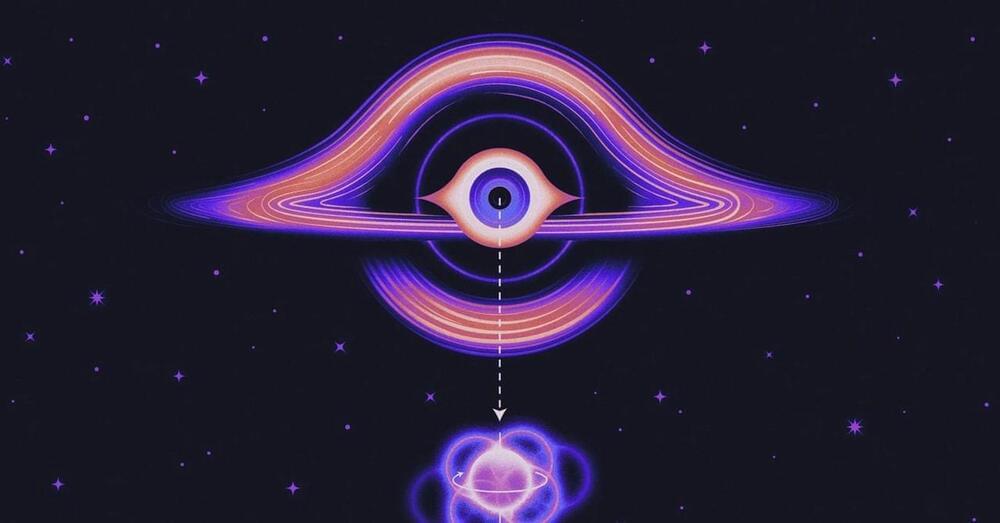
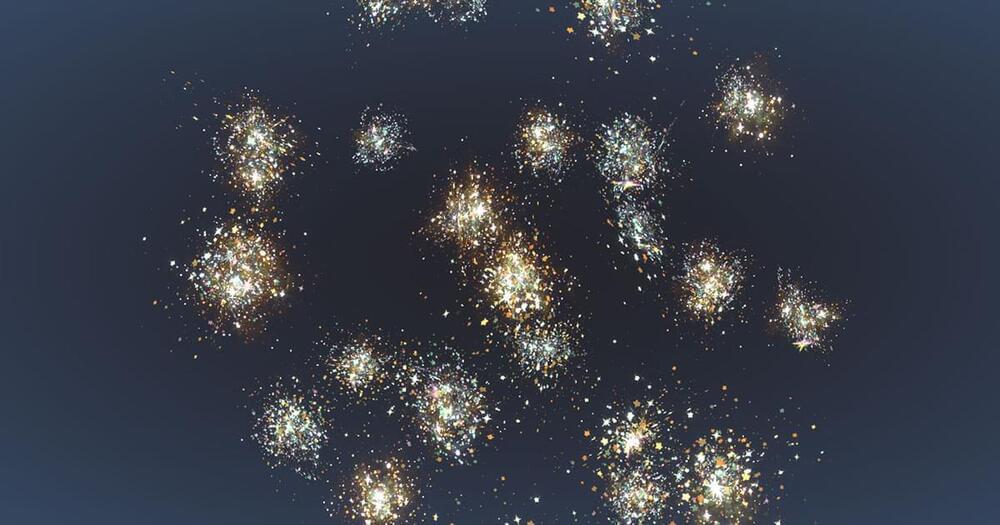

The “spooky action at a distance” that once unnerved Einstein may be on its way to being as pedestrian as the gyroscopes that currently measure acceleration in smartphones.
Quantum entanglement significantly improves the precision of sensors that can be used to navigate without GPS, according to a new study in Nature Photonics.
“By exploiting entanglement, we improve both measurement sensitivity and how quickly we can make the measurement,” said Zheshen Zhang, associate professor of electrical and computer engineering at the University of Michigan and co-corresponding author of the study. The experiments were done at the University of Arizona, where Zhang was working at the time.
